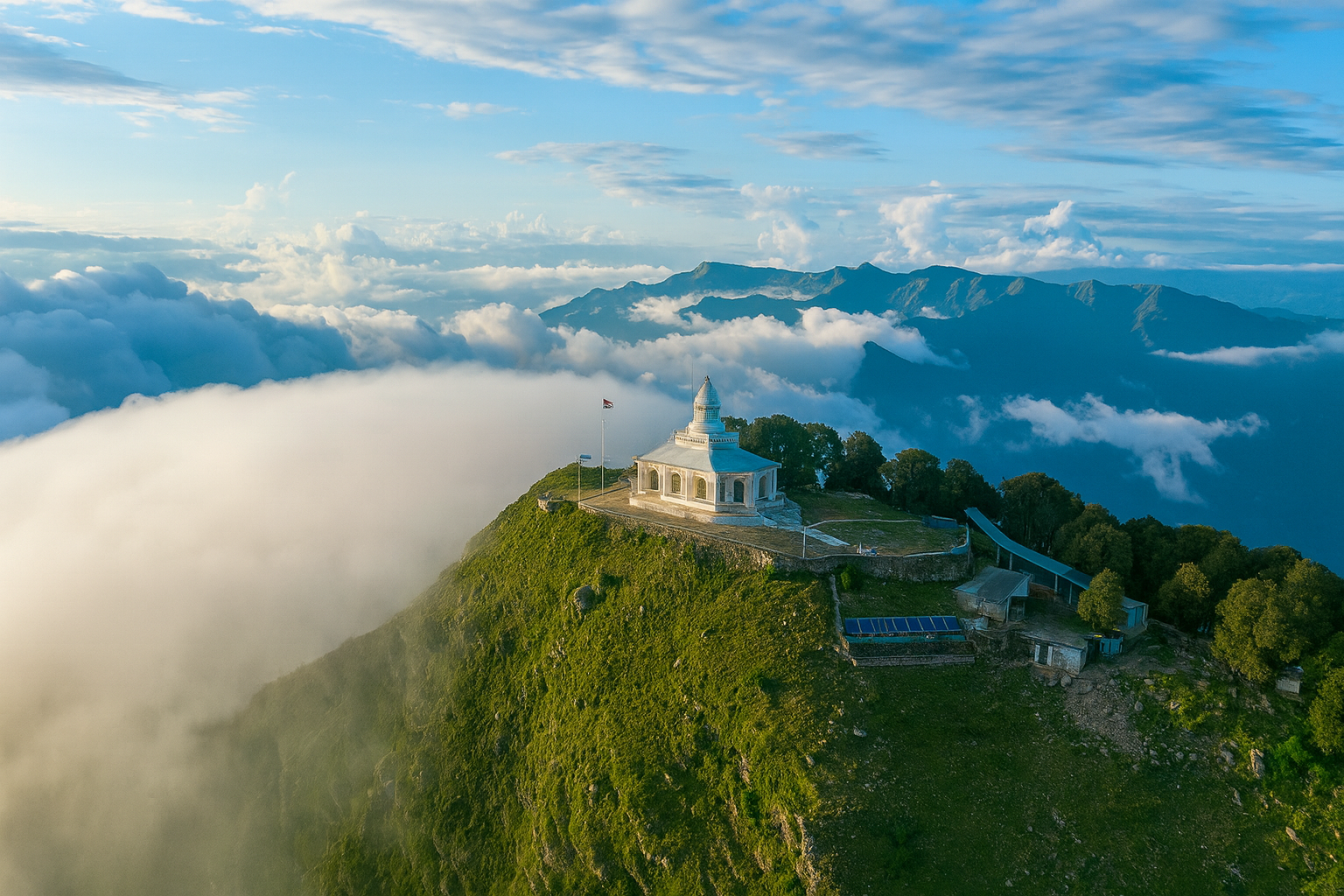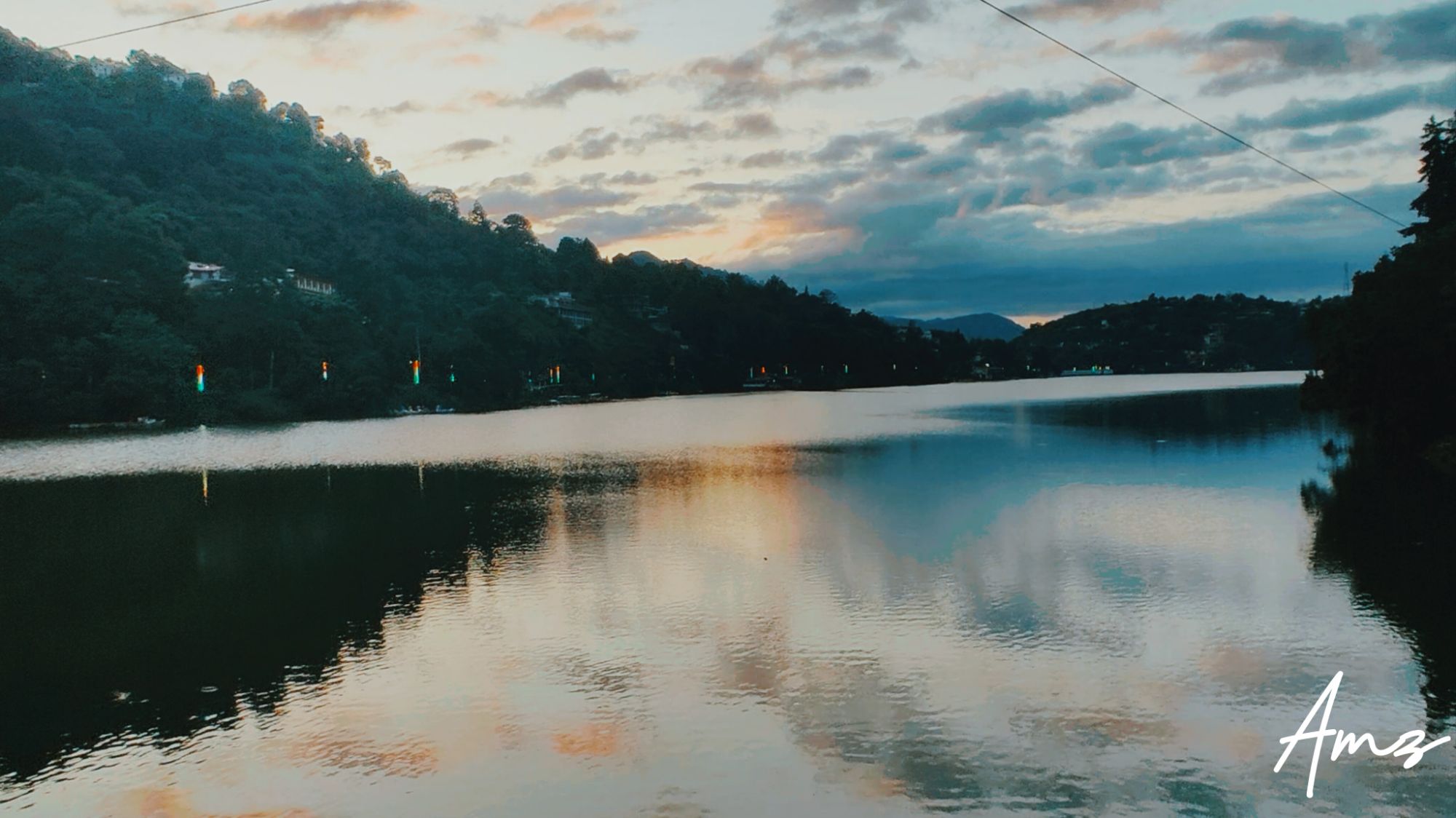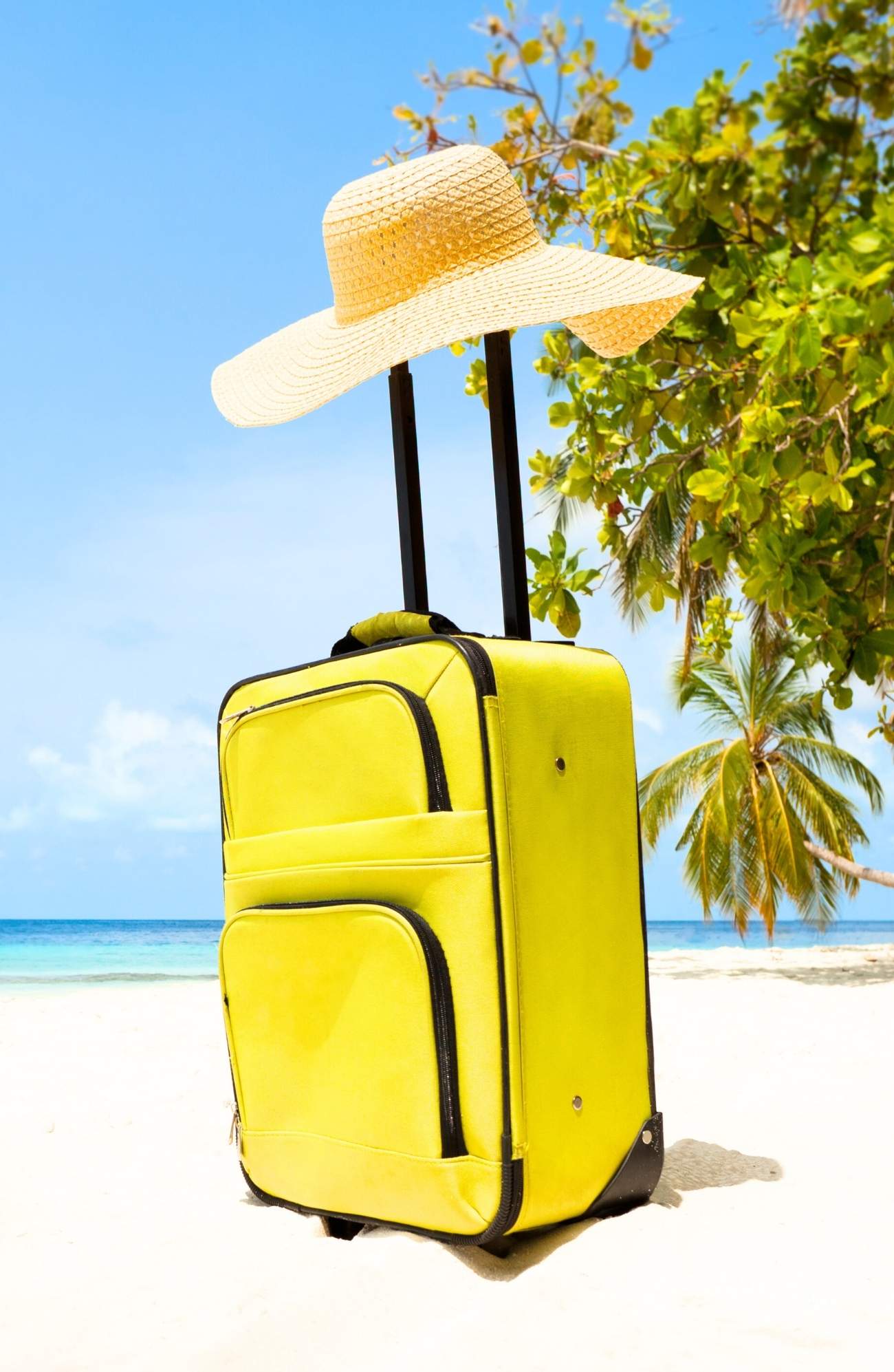Being A digital Nomad in India: a comprehnsive guide
I am writing this from a riverside café in Rishikesh. A kettle whistles. Somebody orders masala chai. My phone hotspot hums, and the Ganga keeps flowing like a long, deep breath. In that moment, work does not feel like work. It feels like a ticket. Being a digital nomad, I send a proposal to a client in London, close my laptop, and walk to the ghat for sunset. Life literally can be work plus wonder. Life can be an endless vacation.
You are probably reading this from a busy office or a crowded metro. Probably, you want to travel without burning savings. You want a steady income that follows you from Goa to Da Nang and back home for Diwali. Well, you are not asking for a fantasy! You are simply asking for a plan that fits the Indian context. This guide is that plan. It is simple, practical, and honest. It has real stories, clear steps, and the emotional truth of what this life “actually” feels like.
Real people. Real examples from an Indian lens
Shivya quit a stable corporate job in India, packed a backpack, and started writing and consulting from the road. Her quiet, consistent work built a location-independent life.
Savi and Vid turned their love for travel and photography into a full-time online business. They write, create content, and collaborate with brands while living in different countries throughout the year.
A product designer from Pune works for a US startup entirely online. He spends summers in Bir, monsoon in Goa, and winters in Chiang Mai. His team cares about outcomes, not office chairs.
These are not superheroes. They started small. They chose one income stream, shipped consistently, and learned on the way. That is the path.
What being a digital nomad means in India
Being a digital nomad means being a person who earns online and chooses where to live for lifestyle, community, and cost. Some stay in one place for months. Some move every few weeks. As an Indian, your choices must factor in visa rules, time zones, and a budget in rupees. The goal is freedom with stability. Your laptop is the office. The world is your backyard. Your parents can still WhatsApp call you every Sunday.
Three income paths that work for Indians
You do not need twenty skills. You need one that pays and fits your life.
Remote employee
You keep a salary and benefits while working from anywhere. Indian tech, product, design, finance, HR, ops, and customer success roles are increasingly remote. International companies hire in India as well. If your current employer is not remote-first, propose a trial month with clear outcomes and check-ins.
Freelancer or consultant
You sell a skill to clients. Popular options include copywriting, editing, video editing, social media, SEO, ad management, design, web development, data analysis, bookkeeping, and virtual assistance. Start with a single offer and a tiny portfolio that shows results. You can invoice Indian clients in INR and international clients in USD or EUR.
Creator or business owner
You build digital products and services. Examples include online courses, paid newsletters, templates, coaching, agencies, and lightweight software. Build small. Ship fast. Talk to your audience. Improve every week.
Pick one path for the next ninety days. Focus wins.
A ninety-day plan for being a digital nomad
Week 1 and 2
Choose your path and write a one-line offer. Keep it specific.
Example. I write YouTube descriptions that improve click-through rate for travel channels.
Create a simple web page or Notion page with your offer, three samples, one testimonial, and a link to book a call.
Week 3 and 4
Build proof. If you have no clients, do two tiny pilot projects with a strict scope. Measure results. Ask for a short testimonial and permission to share.
Week 5 to 8
Outreach. Send ten warm messages a day on LinkedIn and email. One line about their business. One line on the problem you can solve. One clear next step. Track every message in a simple sheet. Follow up once a week.
Week 9 to 12
Stabilise. Package your offer. Raise your rate a little. Move to monthly retainers where possible. Create a delivery checklist so you work faster without losing quality.
If you are targeting remote jobs, replace outreach with focused applications and referrals. Ask ex-colleagues. Tailor your résumé for outcomes and impact. Keep interviews to fixed time blocks so you can keep traveling.
Money rules for Indians that keep you safe
Runway
Save three to six months of living expenses in India before you leave. Nine months is even better. The peace of mind is priceless.
Two accounts
Keep business and personal money separate. Pay yourself a fixed salary from the business to your personal account every month. Even if you are a solo freelancer, this habit creates stability.
Payments and cards
Keep at least one Indian credit card with low or zero forex markup. Carry a backup debit card. For international client payments, explore global payout platforms and multi-currency options that work for Indian residents. Always read RBI and bank rules and keep your KYC clean.
UPI
For life inside India, UPI is your best friend. It keeps daily spending simple from McLeod Ganj to Madurai.
Travel insurance
Buy a travel medical plan that covers long stays. Scan your documents and store them in the cloud. Keep digital copies on your phone.
A quick compliance note
If you freelance, talk to a chartered accountant about GST, invoices, and receiving foreign payments. Track your days in India and outside India to understand your residential status and taxation. This is not scary when you start early and stay organised.
Visas for Indian passport holders. The smart way to move
Many countries now offer digital nomad visas with clear income and insurance requirements. Policies change, so always check official sites. As an Indian passport holder, your best strategy is slow travel and smart sequencing.
Start with places that are friendly for Indians through e-visas or straightforward visas. Think Southeast Asia, Sri Lanka, parts of Eastern Europe, and some island nations. Plan around seasons and festivals. Aim for two to three months in each base. It saves money, stress, and energy.
Do not work illegally in countries that forbid it on tourist entry. A nomad visa or residence permit makes life simpler. You can get local SIMs, longer rentals, and bank accounts where allowed. When in doubt, ask the embassy site and follow the rules.
The best first bases inside India
Test the lifestyle at home before you go abroad. Your rupees stretch further, and the learning curve is gentle.
Goa
Laid back vibe, creative community, and solid internet in many neighbourhoods. A great place to build your first routine.
Dharamkot and McLeod Ganj
Café culture, yoga studios, and mountain views. Quiet mornings for deep work. Walks at sunset.
Bir
Paragliding town with a calm rhythm. Many long-stay rentals and a growing remote worker scene.
Rishikesh
Riverside cafés, yoga and meditation, and long walks by the Ganga. Evenings are magic.
Auroville and Pondicherry
Tree-lined roads, French quarter charm, and a thoughtful, creative community. Slower pace helps you focus.
Fort Kochi
Art, history, and sea breeze. Great for writing and creative projects.
Udaipur and Jaipur
Rajasthani charm, lakes and forts, and a good mix of culture and café life.
Spend one month in any of these and treat it like a real test. Keep work hours, ship deliverables, and build local routines. If you enjoy it at home, you will do even better abroad.
A first-year route that fits an Indian life
Quarter 1
Goa or Pondicherry. Build your systems. Test your offer. Visit two coworking spaces and pick one. Join a yoga class so you meet people who are not in tech.
Quarter 2
Himachal. Dharamkot, Bir, or Manali. Focus season. Fewer distractions. Use the mornings for deep work and the afternoons for hikes.
Quarter 3
Southeast Asia. Chiang Mai, Da Nang, or Bali. Set calls for late afternoons so you overlap with clients in Europe and India. Save money by renting for a full month.
Quarter 4
Come home for festivals. Family time. Reconnect. Review your business and plan the next cycle. Maybe add Sri Lanka or the Middle East for a short winter break.
You can switch regions based on your passport, budget, weather, and work. The principle is slow travel. Fewer moves, richer days.
Community is your safety net
Loneliness happens. Do not wait for friends to appear.
- Join a coworking space for a month. Attend two events every week.
- Find interest groups. Running clubs, book clubs, climbing gyms, and language exchanges are perfect.
- Say yes to one coffee invite every week.
- Message one person a day on WhatsApp or Telegram groups for nomads.
- Learn five phrases in the local language wherever you go. Smiles follow.
A small habit that works in India. Invite two people for a work-with-me session at a calm café. Two hours of quiet work. Fifteen minutes of chat. Repeat weekly.
Work routine that fits Indian time zones
- Block three call days and two deep work days.
- Do emails at the same time daily.
- Keep one list for work tasks and one for life admin.
- Batch creative work in the morning. Leave edits and admin for late afternoon.
- Take real weekends. You are allowed to rest.
If your clients are in the United States, keep call windows in the evening India time and protect your mornings for focus. If clients are in Europe or the Middle East, late mornings work well. Consistency is your superpower.
Gear that “actually” helps
- Light laptop with a good battery.
- Noise-cancelling headphones.
- Universal adapter and a small extension cord.
- Two cloud backups and one small SSD in your bag.
- A travel router if your work depends on video calls.
- A basic camera or just your phone with a small tripod.
- Jio or Airtel hotspot plan that you can rely on.
Put a tiny toolkit in your daypack. SIM ejector, spare cables, and a multi-port charger. These save you at airports and mountain towns.
Health, fitness, and grounding rituals
- Register at a local gym or yoga studio in week one.
- Keep a morning routine that does not change across cities. Hydrate. Ten minutes of movement. Ten minutes of quiet.
- Eat local and simple. Poha in Indore. Thukpa in McLeod Ganj. Idli in Coimbatore. Your body and budget will thank you.
- Walk everywhere. Notice the trees. Talk to street vendors.
- Take one full day off screens each week. Visit a fort, a temple, a market, or a beach. This is why you chose this life.
Give back wherever you go
Travel is not only about photos. It is about being a good guest. Support local businesses. Respect sacred spaces. Learn local customs. If you volunteer or a work exchange, read the rules carefully so you do not break visa laws. Do less harm and leave places better than you found them.
The emotional ride no one warns you about
While being a digital nomad, there will be highs. Your first international wire hits your account while you are sipping coconut water in Bali. A stranger becomes a friend in a café in Kochi. You watch sunrise from a ridge above Bir and feel light for the first time in months.
There will be lows. A consulate asks for extra documents. Your internet drops five minutes before a call. Homesickness hits on Raksha Bandhan. You ask yourself if this is worth it.
When that question arrives, pause. Order chai. Call someone you trust. Write three lines of gratitude in your notes. You chose this path. You can choose to keep going. The lows pass. The highs return.
A simple checklist for being a digital nomad in thirty days
Week 1
Pick your income path. Write your one-line offer. Set a savings goal and a date.
Week 2
Create a simple portfolio page. Ask two friends for pilot projects or apply to three remote roles.
Week 3
Get travel insurance. Scan passports, PAN, Aadhaar, and SIM documents. Store them safely. Set up a clean payment flow for India and abroad.
Week 4
Choose your first base city and book one month with flexible cancellation. Tell two people you respect that you are doing this. Accountability helps.
Then go. You will improve the plan on the way.
Budgets in the real world
Costs vary by city and season. India gives you an edge. You can live well in many Indian towns for far less than metro city rent while building your portfolio. Abroad, slow travel lowers costs. Monthly rentals beat weekly stays. Public transport beats daily cabs. Cooking simple meals and eating local food keeps your health and money happy.
A simple rule for being a digital nomad – If your monthly income is X, keep rent under thirty percent of X, food and transport under thirty percent, and save at least twenty percent. The rest covers fun and buffer.
A quick word on taxes and paperwork while being a digital nomad
Track your days in India and outside India. Your residential status affects taxes on global income. If you freelance, speak to a chartered accountant about invoices, GST, and foreign remittances. Keep your business and personal accounts separate. None of this is hard when you start early and stay tidy.
Your story starts now
This lifestyle is not magic. It is a series of choices. Start with one city for one month. Deliver one client project beautifully. Say yes to one new friend. Walk one unknown street at sunrise. Then repeat next month. If you want help mapping your path, write to me. Tell me your skill, your savings runway, and the one place you want to live first. I will reply with a simple plan you can follow. Life is an endless vacation when you live it on purpose.
FAQs for being a digital nomad
Can I do this with family or a partner?
Yes. Slow travel helps. Stay three to six months in one base. Fix work hours. Sort schooling if you have children. Many Indian families live this way successfully.
Do I need a big audience?
No. You need a saleable skill and three happy clients. Build from there. If you create content, start small and be consistent.
What if my company says no
Offer a one-month remote trial with clear outcomes and a communication plan. If they still say no, look for a company that already supports remote work.
What about visas
Research official sites. Start with countries that are friendly to Indians through e-visas or straightforward processes. Consider digital nomad visas where you qualify. Move slowly.
What if I feel lonely
Join a coworking space, a hobby class, and a local group. Say yes to one invite a week. Send one message a day to someone new. It helps.
External resources
Here are three high-quality external resources you will find handy for being a digital nomad:
- Income Tax India – Residential status rules (182-day / 60+365 tests): official guidance to help Indians understand residency and taxes while traveling. Income Tax Department
- Estonia’s Digital Nomad Visa & e-Residency (official): clear explainer and application hub—great reference when showcasing a model DNV. e-Residency
- Nomad List: data-driven city comparisons (cost, internet, safety) and a global community—perfect for planning first bases. Nomads.com









